Canyon has hacked some travel from the Spectral but kept all of the other numbers the same. Is it still a trail bike? Is it a Downcountry wannabe? Or is it A Mountain Bike?
- Brand: Canyon
- Product: Spectral 125 CF 8
- From: canyon.com
- Price: £4,399
- Tested by: Benji for 1 week
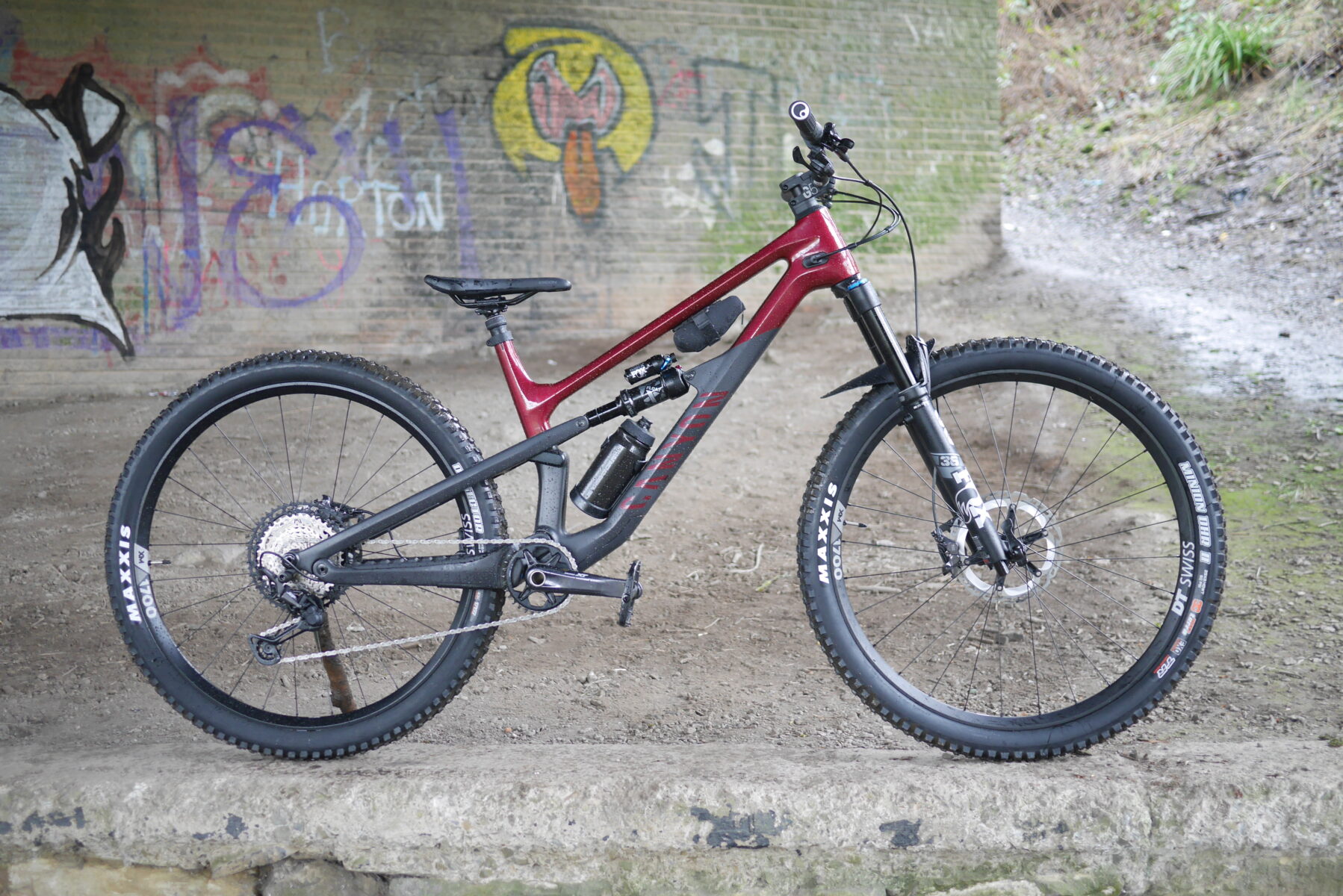
Three things I liked
- Huge standover
- Great geometry
- Nice contact points
Three things I’d change
- Dissector rear tyre lacks bite
- 180mm rear rotor (I like big brakes and I cannot lie)
- Not coil shock friendly (I like coil for grip in winter)
Around about a year Canyon gave its regular Spectral a makeover. It gave the 150/160mm all of the wheel size options and some other tweaks. It remains in its place as the general do-it-all trail bike. The new Spectral 125 has pretty much the exact same geometry as the regular Spectral – it’s actually a few mm longer reach – but it’s had some travel hacked off it.
Er. What’s the point of that then?
There is some minimal weight saving (around 100g) so that’s kinda irrelevant. The Spectral 125 is all about how the suspension behaves.
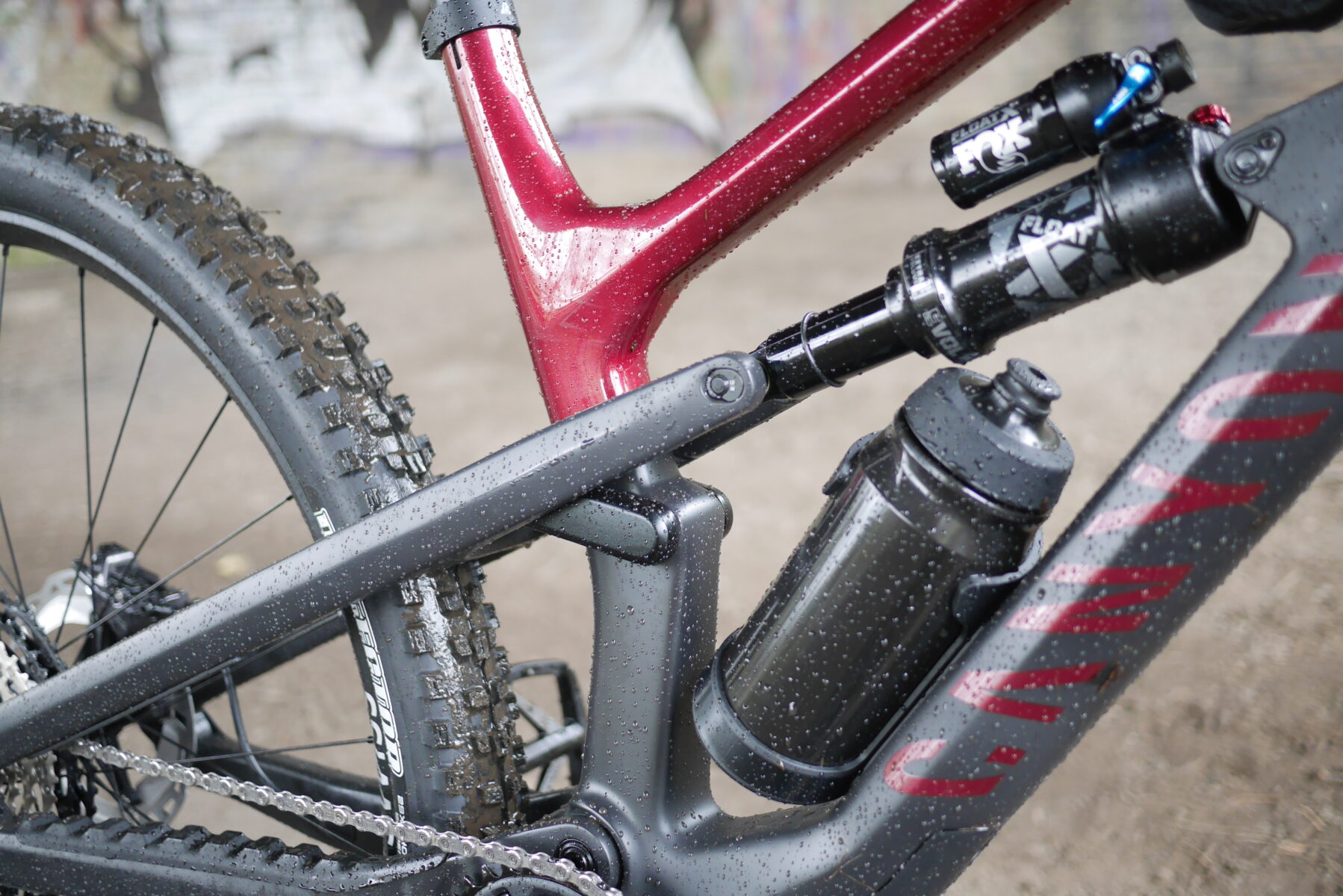
Essentially, as well as there just being less of it, the suspension on the Spectral 125 has more anti-squat around sag zone as well as having a steeper leverage curve gradient. Canyon are still calling the layout ‘Triple Phase Suspension’ (ie. soft start, supportive middle, controlled ramp up finale) but with the Spectral 125 the start and middles are firmer than the regular Spectral.
That’s the theory anyway.
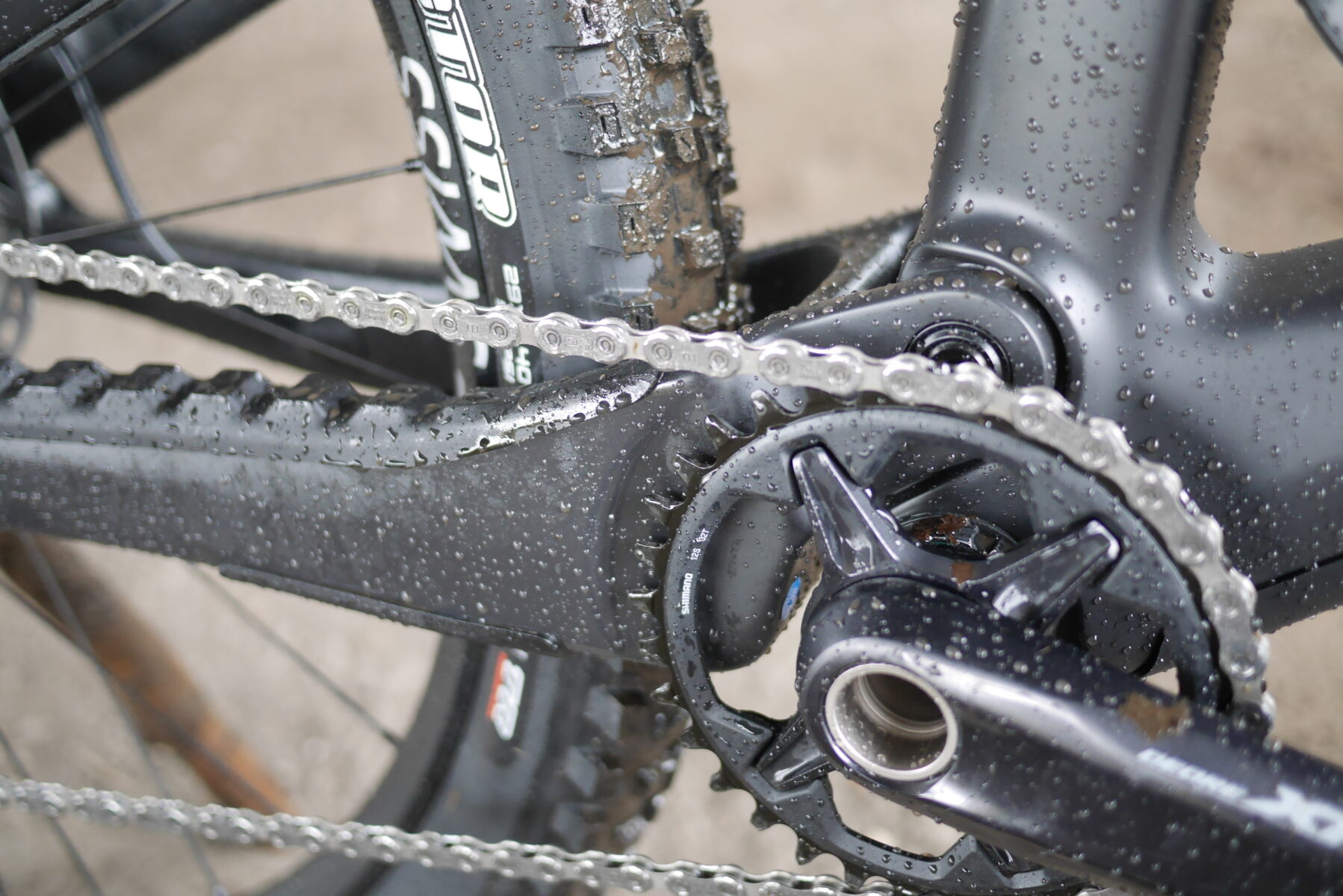
Regardless, seeing as the new Spectral 125 is a progressive geometry 29er with not-loads-of-travel it’s going to inevitably bring the dirty word ‘Downcountry’ into the conversation.
Let’s get this dealt with nice and early. While I have no problem with Downcountry as a term (I think it’s quite a useful classification, however jokingly it was coined), the Canyon Spectral comes with a 140mm fork. It’s not Downcountry. I’d even come out and say that anything over 120mm – front or rear travel – is not downcountry.
It’s a trail bike. Sure, it’s not like a trail bike that we’ve become used to. It doesn’t have 150mm of travel. There’s no fitted wardrobe in the down tube. There’s no large-range geometry adjustment flipping-chipping (yes, it does have a flipchip but… more on that later).
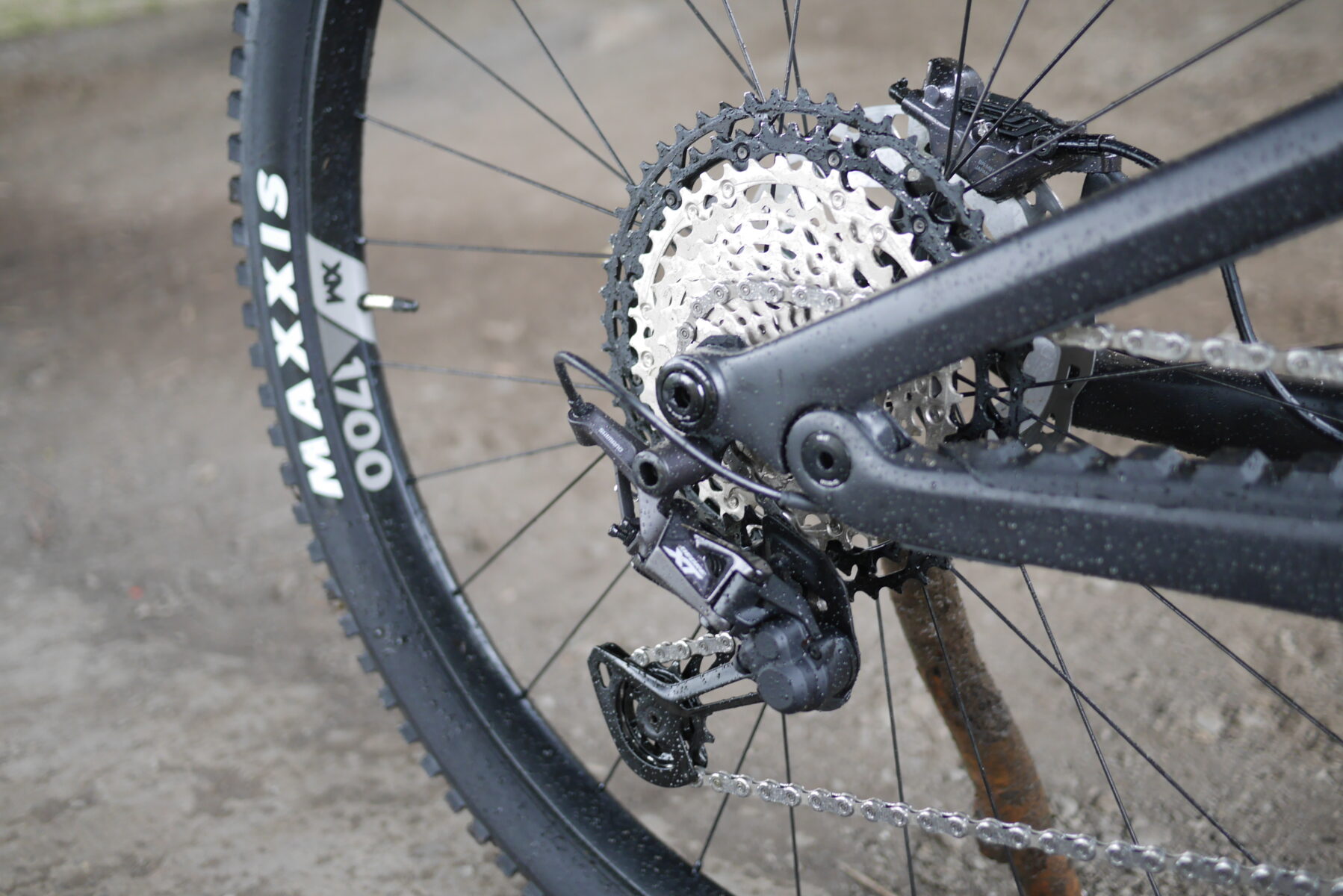
It can’t be a coincidence that when I first heard about the Spectral 125 it made me think of the YT Izzo. Well, it may partly be because we have a YT Izzo on test for the next issue of the magazine at the moment. But still, the headline description of the Canyon Spectral 125 made me instantly think Izzo.
As it turns out, the Spectral 125 is quite a different bike to the Izzo. I’ll get into that in my first thoughts below.
Canyon, perhaps being rather afraid that the target market for the Spectral 125 may be a bit niche, do try and claim that the bike has two demographics in mind. Firstly, experienced riders who just prefer snappier handling bikes combined with capable geometry. Secondly, riders who don’t live in terrain that needs more suspension travel.

I can understand Canyon wanting to maximise their potential punter base, but the Spectral 125 is clearly better suited to the first demographic. Riders who ride mild trails will just get the Neuron, if they want a Canyon. Or the Lux Trail if they own a Heart Rate Monitor but don’t own a peaked helmet.
As a 40-odd (very odd) year old, greying ATBer from the 90s, I am squarely in Canyon’s crosshairs with the Spectral 125. And I’m fine with it. I love that bike brands are making mountain bikes for folk like me.
I like to feel the terrain under my wheels. I don’t like to feel the terrain as it scrapes my palm skin or cuts into my chin. I want to know what the bike’s doing. I don’t want to be worrying what it’s going to do next.
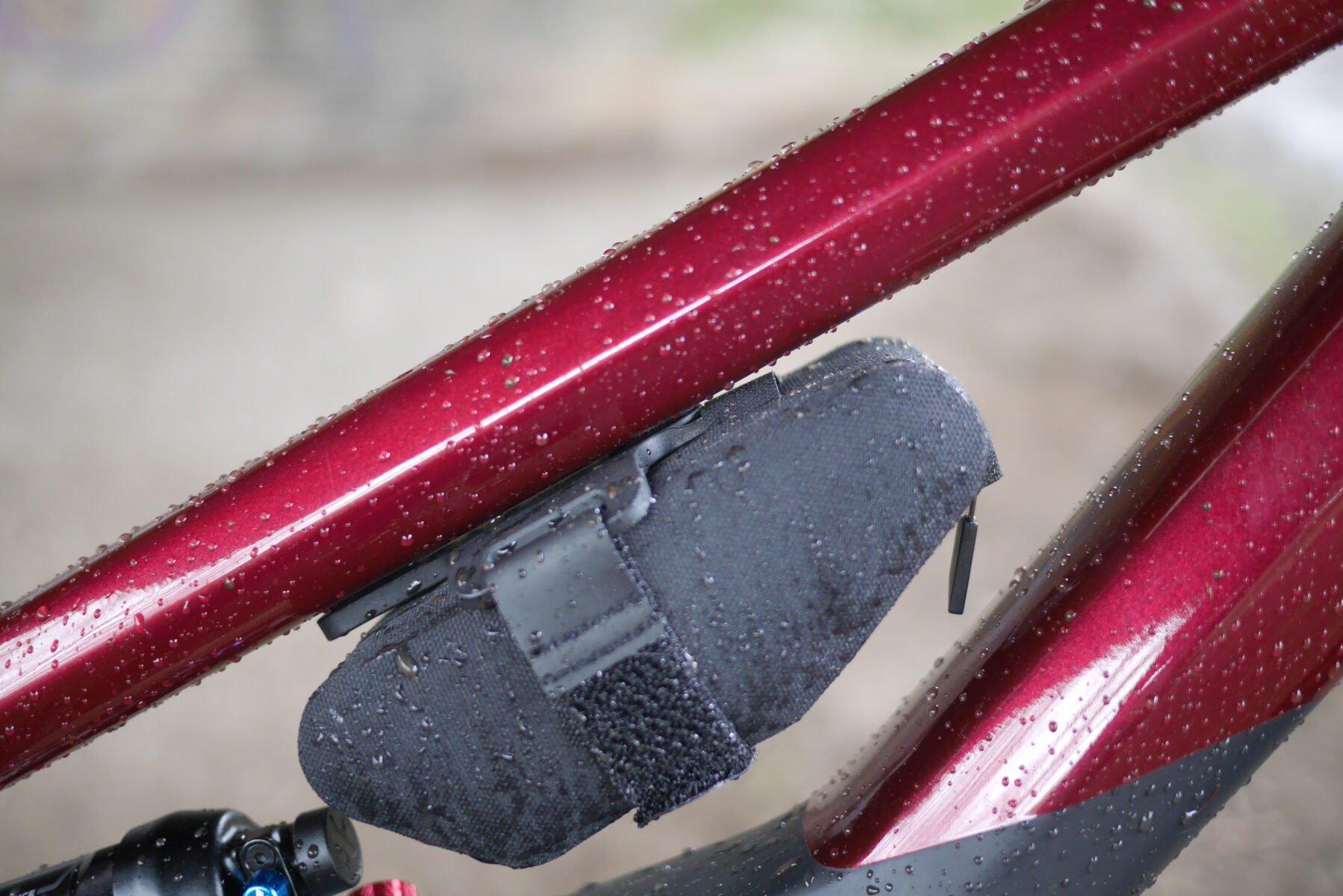
140mm front/125mm rear mountain bikes offer a nice combination of capability and control. Kudos to Canyon for the seemingly simple solution of just aping the geometry of their longer travel bikes. It must have been tempting to massage the numbers a bit to make it look like they’ve done loads of R&D etc. In the end though Canyon, like the whole MTB world, is possibly slowly realising that hey, there may well be just one set of geometry numbers that work for mountain bikes. Regardless of travel.
What geometry numbers are these? 64° head angle, 76° seat angle, 486mm reach (Large) and whatever the biggest dropper post you can possibly squeeze in there please (200mm in the case of L/XL Spectral 125 models). Remember these numbers, you’ll be seeing them on XC bikes within five years.

As mentioned, it’s how the suspension behaves that is going to be defining factor in differentiating mountain bikes from here on in. A fundamental part of that is how much travel the bike has to control but amount-of-travel is no longer the be-all and end-all. There can be stiff 160mm ‘rally car’ bikes and soggy 100mm ‘comfy’ bikes.
In this regard, the new Spectral 125 is not more efficient because it has less travel, it’s more efficient because it has more anti-squat and a firmer mid-stroke. Okay, so the firmer mid-stroke is influenced by the less amount of travel, but it’s not the whole shebang.
There will no doubt be armchair commenters who will struggle to see the point of the Spectral 125. After all, it is essentially the same weight as the 150/160mm Spectral. So what’s the point? I’d be repeating myself if I went into the answer again.
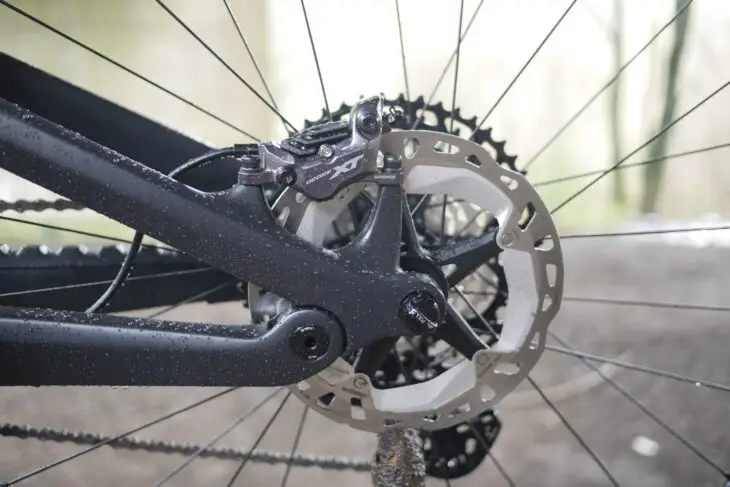
Another question might be, why not make the regular Spectral have more anti-squat and increased gradient leverage curve? In other words, why not make the normal Spectral more ‘poppy and playful’? (Canyon’s phrase)
The answer is that a lot – most? – riders wouldn’t want it. Most riders want loads of traction, a bit of ‘get out of jail free’ easy-moving mid-stroke for rough stuff, and they don’t want to feel like they’ve been beaten to death after a day’s riding. They want maximum velocity. Minimum risk. Most riders should get the normal Spectral. Move along. Nothing to see here.
The Spectral 125 appeals to the rider who prizes sensation over velocity. Someone who rides the same stupid stuff as the Super Enduro Brigade but appears at the bottom a couple of minutes later, having worked harder and consequently had a more rewarding experience, arguably.
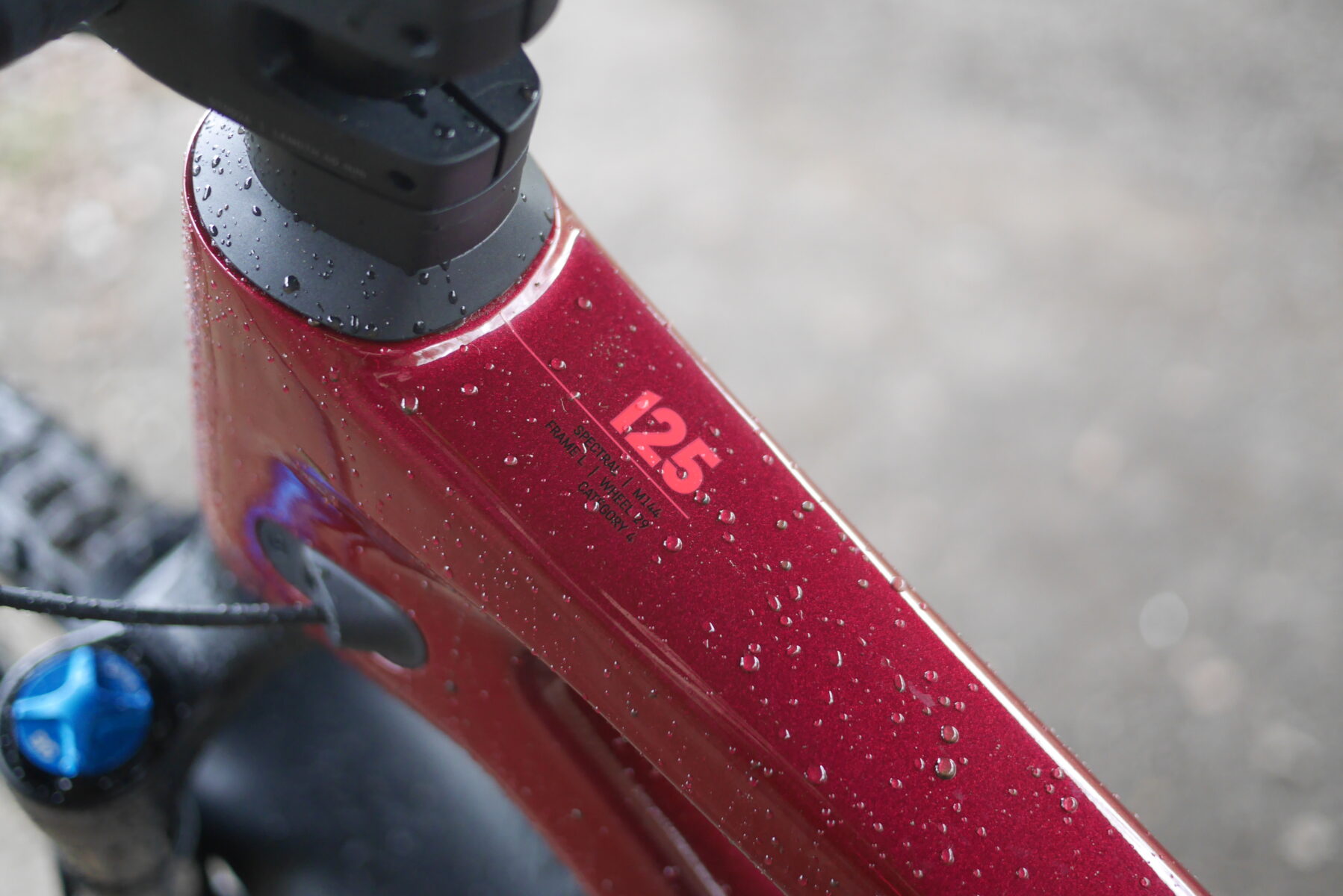
Talking about doing the same stuff as Enduro Bros, one of the reasons the Spectral 125 isn’t sigificantly lighter than the regular Spectral is that it’s still made to Canyon’s Category 4 strength rating. This is the same rating as their EWS-tastic Strive bikes. You don’t have to worry about hustling the Spectral 125 down any of the same daft stuff as your maximally travelled mates.
The chainstay lengths are also big clues as to the general velocity vs playtime quotient of the Spectral 125. At 437mm they aren’t drastically (over-)short but they sure aren’t the lengthy speed-plow numbers you can find on all-out enduro bikes. The stays offer a decent amount of just-because fun and frolic potential if you want it.
Intriguingly, the Spectral 125’s impressive standover numbers kinda reverse the oft-stated mantra of upsizing (opting to get a bigger frame size than is your normal). The seat-tube agnostic sizing also opens up the potential for seasoned/bored enduro riders downsizing to get a bike that is less planted at speed but more pick-up and play-able at slow and middling speeds. I’m kinda perennially between L and XL sizes and tested a L here, for what it’s worth.
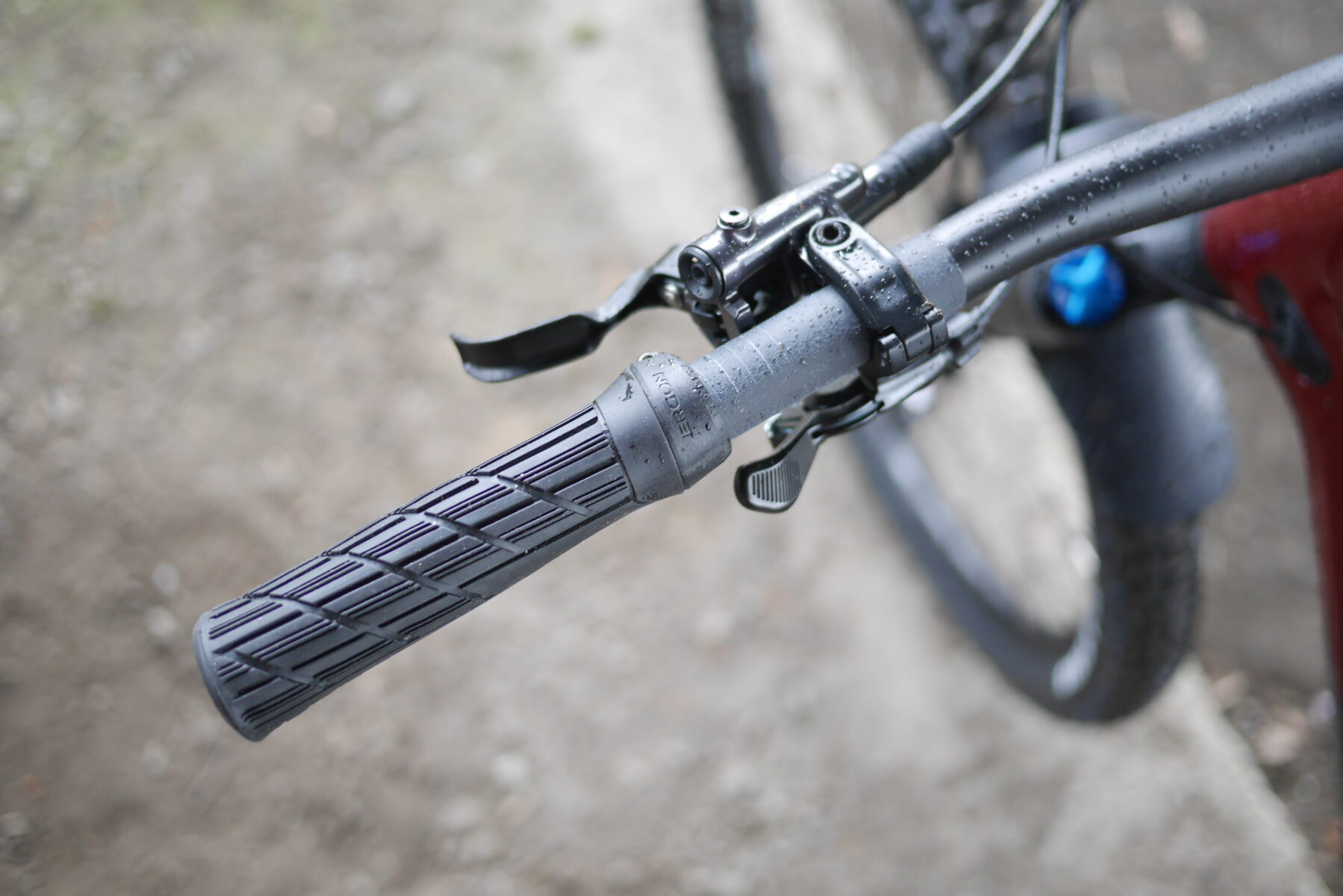
To talk construction, the Spectral 125 uses double-sealed bearings on the carbon and the aluminium versions. The carbon models get replaceable alloy thread inserts at all pivots. The alloy bikes get non-replaceable but steel inserts. The carbons get guided full internal cable routing. The alloys get internal front-triangle, external swingarm routing.
The carbon Spectral 125 bikes come with a flip chip (+/- 0.5° pointlessness, +/-8mm of arguably useful BB height adjustment). The alloy Spectral 125 bikes ditch the flip-chip and, interestingly, come with geometry that is impossible to achieve with the carbon bikes; LO front end (slackest head angle and lowest BB) with HI back end (steepest seat angle).
I also notice that the stroke lengths of the shocks are different on the carbon vs alloy Spectral 125. 210x50mm vs 210×47.5mm respectively. I’d certainly like a go on an alloy Spectral 125 to see if it rides significantly differently to this carbon CF model here.

The alloy Spectral 125 frame weighs in at a claimed 3,000g. The carbon Spectral 125 frame is a claimed 2,500g (the regular Spectral is 2,600g). The alloy Spectral 125 also sports Canyon’s Cateogry 4 strength rating, by the way.
First ride thoughts
As is frequently the case with modern trail bikes, I spend the first few minutes on the initial test ride moaning. I’m not moaning about the bike. Far from it. Quite the reverse.
I’m moaning because I’m really freaking annoyed that we could have had bikes like this 10 years ago. Aside from maybe the huge 200mm dropper post, we could have all been riding good geometry 29ers back when the bike industry went insane and made 27.5in the Next Big Thing back in 2013(?)
What a colossal and cowardly waste of time.
Anyway. Moaning (almost) out of my system. How did the Canyon Spectral 25 ride?
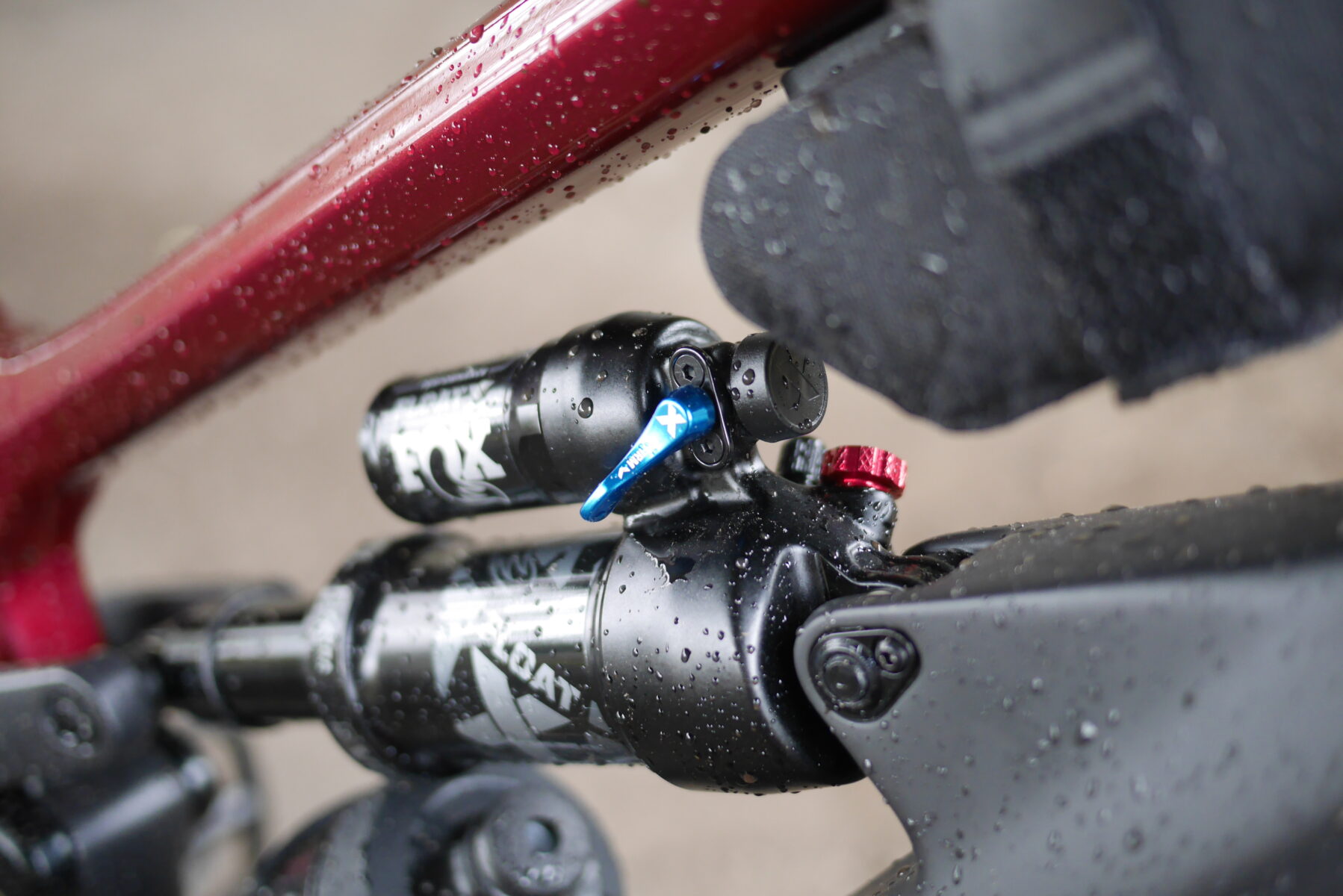
It will come as no surprise to anyone that it was good. How could it not be really? It’s a Spectral with a sportier feel that doesn’t need to be going over 20mph down between race tapes.
I felt instantly at home on the Spectral 125. Partially because it shares a general stance and attitude of my own bike (Cotic FlareMAX), but mainly because everything is where it should be. Namely, where your feet and hands are in relation to where the wheel axles are. The input and output points.
It all just feels… right.
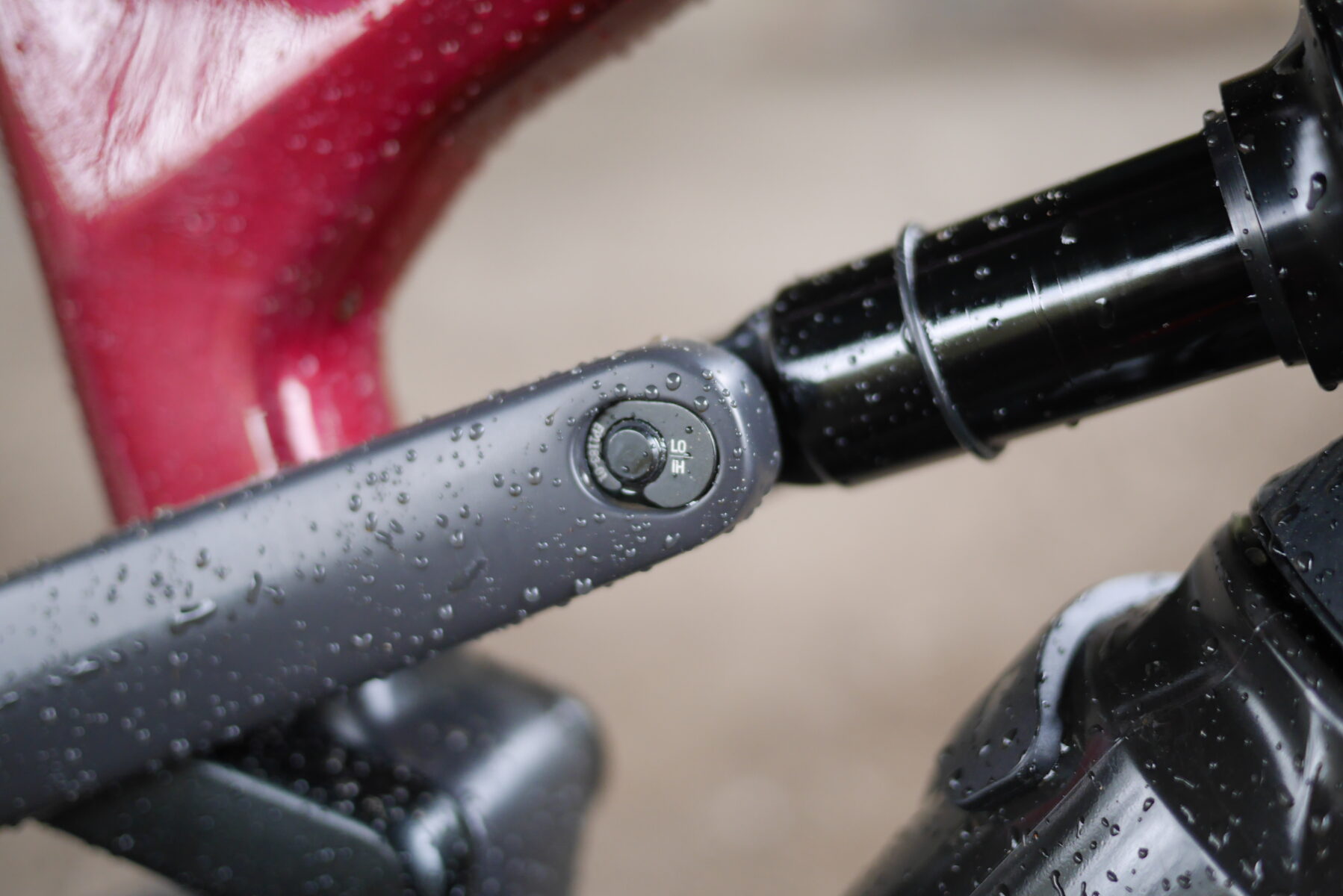
Despite the fact that Canyon have upped the anti-squat on the 125mm travel Spectral, it’s not a stiff experience. As mentioned, compared to the ostensibly similar YT Izzo, the Spectral 125 is a different feeling bike. The Izzo likes to stomp around forested flow trails. It’s not best at home on rocks and rough stuff where it can come unstuck, deflect and remind you very much that it’s only got a modest amount of travel to offer.
Depending on your terrain/mood/fitness, you may opt to flick the climb switch on the Spectral 125. The back end does move about a bit under pedalling. I’m personally something of a fan of climb switches but I only used the little blue lever on this bikes shock when it came to riding home along tarmac at the end of the ride (I live halfway up a hill). The rest of the time I really didn’t think it was worth using the climb switch. The kind of bike the Spectral 125 is really benefits from a set-and-forget just-ride vibe.

Part of the cause of my abandonment of my little blue friend (the climb switch) is no doubt due to the firmer riding middle and end parts of the rear travel. I don’t mind the bike hovering a few mm either side of sag when climbing. What I don’t like is when the back end of a bike quickly swallows down a couple of cm on climbs whenever I sink into a dip or adjust my body position. The Spectral 125 doesn’t swallow, it spits your efforts into forward momentum.
Geometry-wise, I think Canyon have pretty much nailed it. You could say they’ve been canny and just bided their time to see what others came out with. I don’t care really. Good geometry is good geometry and I’m just glad it exists on bikes with modest travel.
As mentioned, I really think downsizing (or at least NOT upsizing) is a key thing with the Spectral 125. It simply doesn’t have the suspension travel to hurtle at high speeds down proper mountain bike terrain that super-long wheelbase bikes are fun on.
If you’re embracing modest millimetres of suspension you should be accepting of similarly modest millimetres of wheelbase. Being able to get your bike off the ground instantly will very likely save your neck (and rims) on numerous occasions.
Not to mention, it’s just fun.
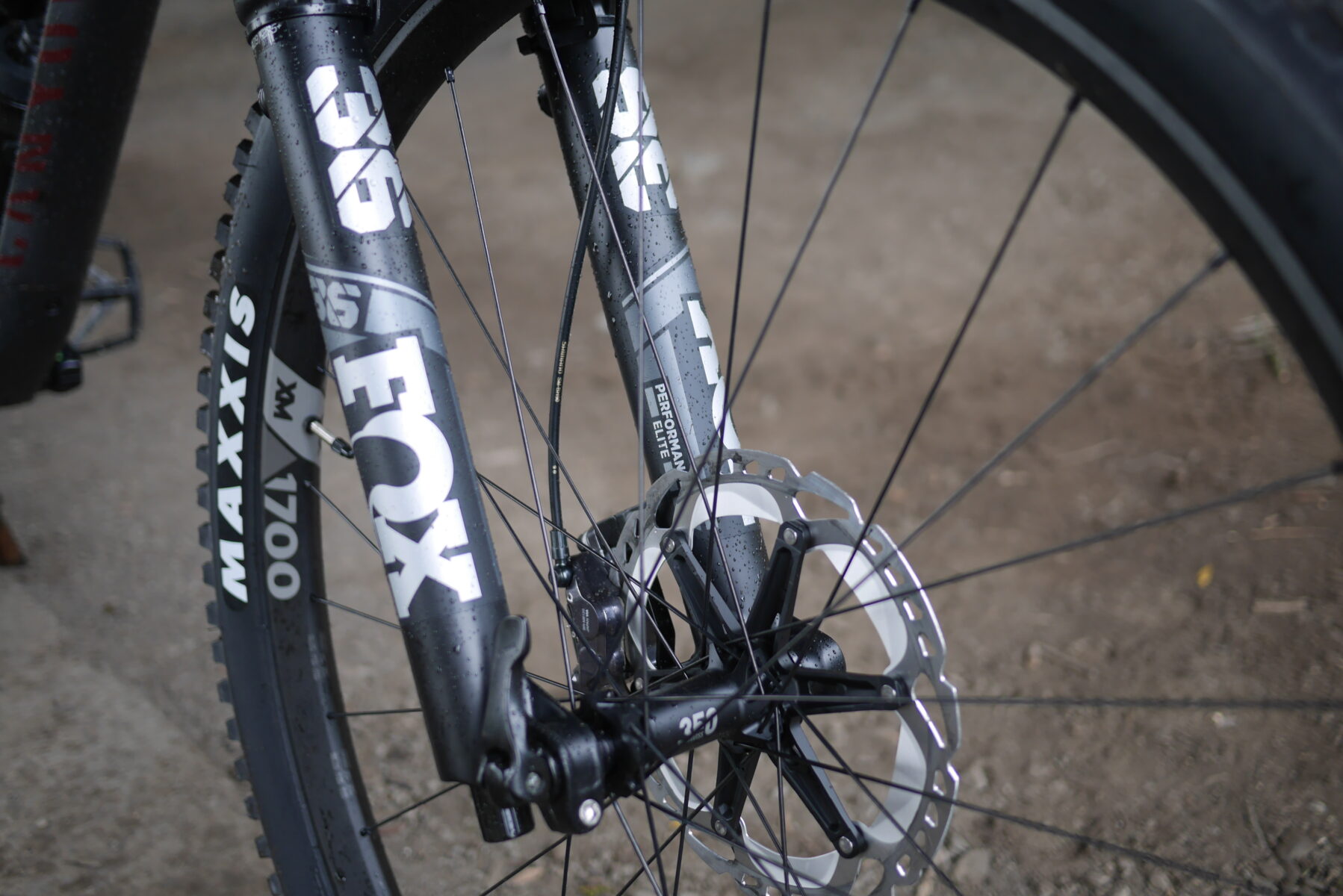
A word about having loads of standover. And a big travel dropper post. They are both brilliant. I’d go as far to say that having more standover is way, way more important than having loads of suspension travel, if you had to choose. I might even be as insane as to say that standover may even be more important than head angle. Nah. Probably not.
My point being, the as-much-as-possible dropper and standover combo on the Canyon Spectral 125 is a great thing.
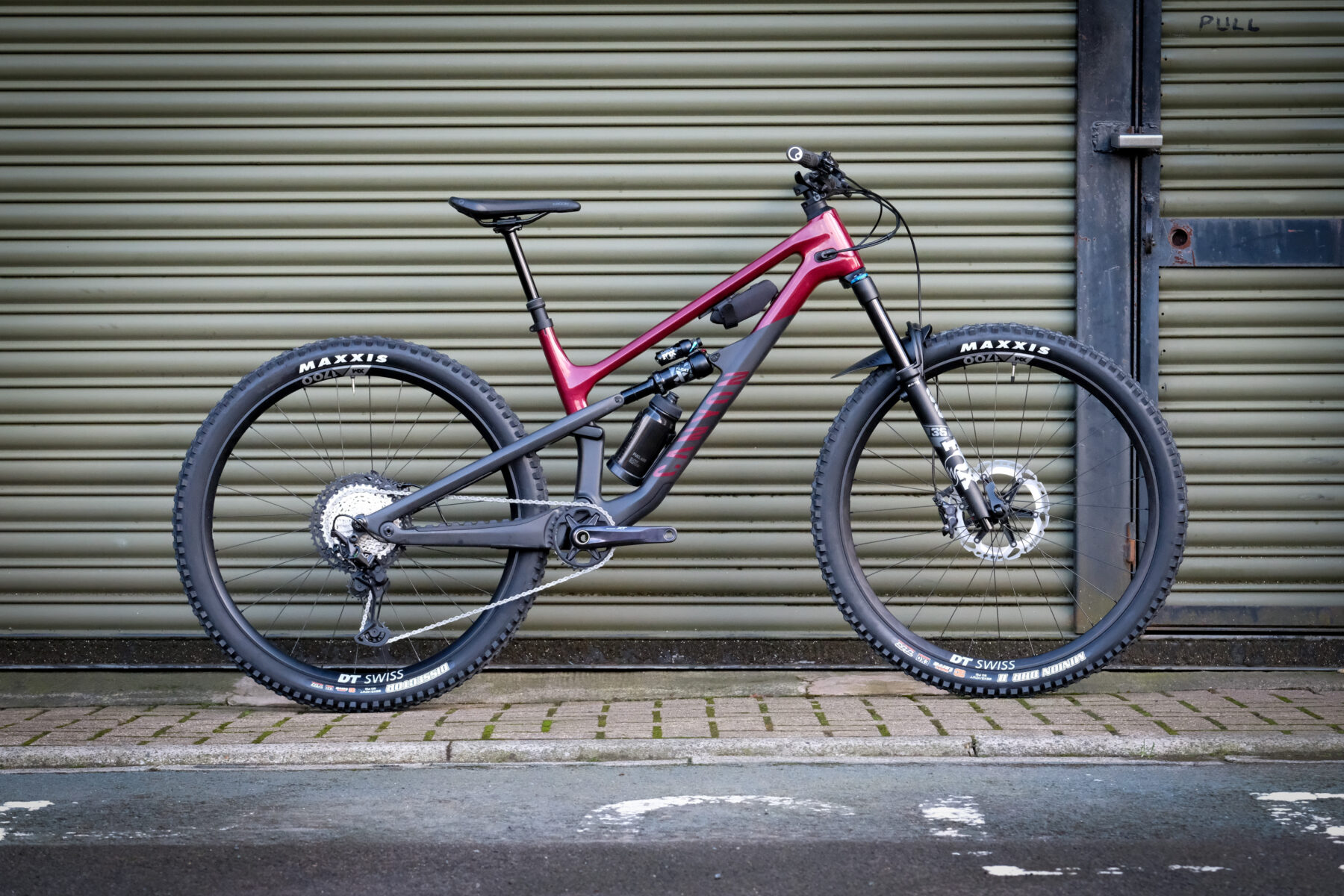
Overall
The Canyon Spectral 125 doesn’t have short travel, it has enough travel. It has the geometry to get down – and up, and along – anything you care to show it. It may well leave you feeling a bit more worked-over after a big day out in big terrain but… how often do you actually do those days? If your riding is technically demanding but more in an intense rather than an extended way, you’ll like what the Spectral 125 offers.
Any questions?
Please comment below!
Canyon Spectral 125 CF 8 spec and geometry
- Frame: Canyon Spectral 125 CF
- Shock: Fox Float X Performance, 210x50mm
- Fork: Fox 36 Performance Elite Grip2, 140mm
- Wheels: DT Swiss XM1700
- Front tyre: Maxxis Minion DHR II MaxxTerra EXO 29×2.4
- Rear tyre: Maxxis Disssecotr MaxxTerra EXO 29×2.4
- Chainset: Shimano XT
- Drivetrain: Shimano XT
- Brakes: Shimano XT M8120, 203/180mm rotors
- Stem: G5
- Bars: G5 AL
- Grips: Ergon
- Seatpost: G5 Dropper 200mm
- Saddle: Ergon SM10 Enduro Comp
- Bottom Bracket: Shimano
- Size tested: L
- Sizes available: S, M, L, XL
- Weight: 14.33kg
- Head angle: 64.08°
- Effective seat angle: 76°
- Seat tube length: 435mm
- Head tube length: 130mm
- Chainstay: 437mm
- Wheelbase: 1,259mm
- Effective top tube: 636mm
- BB drop: 35mm
- Reach: 486mm
While you’re here…
Review Info
| Brand: | Canyon |
| Product: | Spectral 125 CF 8 |
| From: | canyon.com |
| Price: | £4,399 |
| Tested: | by Benji for 1 week |
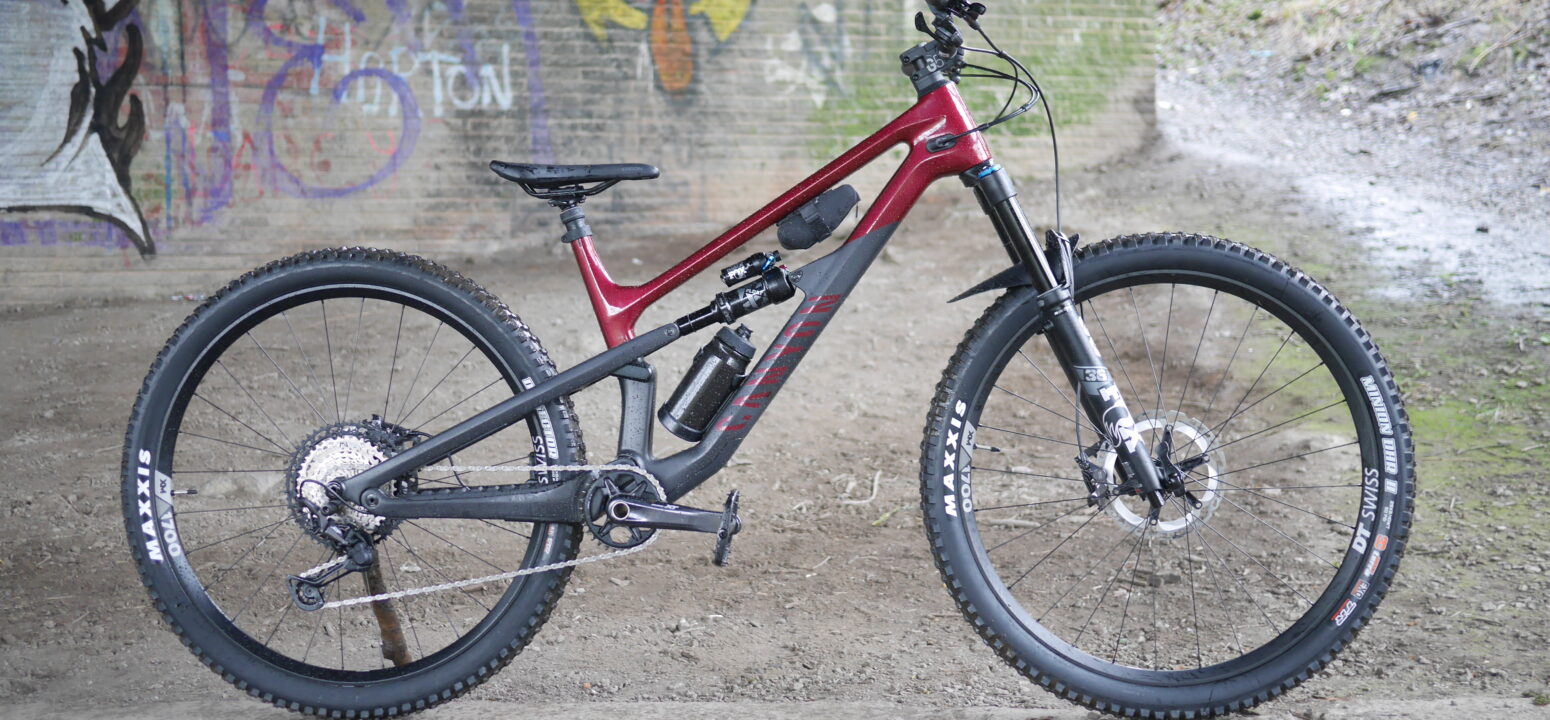

You must be logged in to reply to this topic.